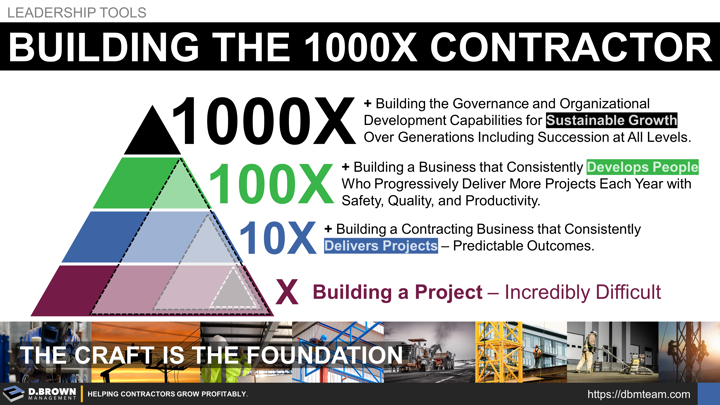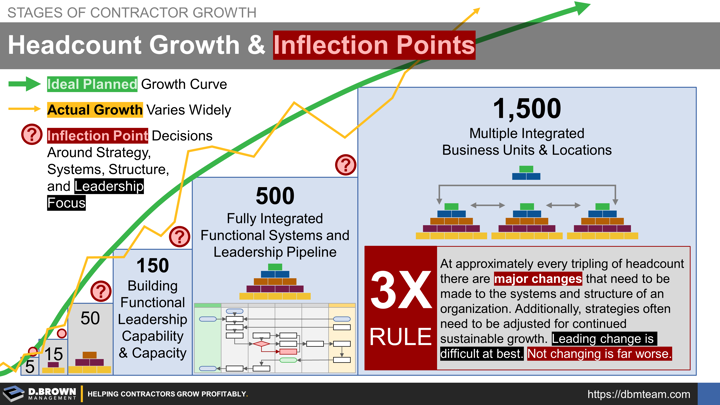Depending on the project, the craft workforce probably makes up about half the people involved in the project construction. If you came up through the field, you are probably thinking - "Waste!" :)
There are all the people involved in the management and support functions of the specialty contractors, the general contractor or construction manager, architects, engineers, inspectors, and the people with the project owner who have developed the project to support their business.
Nearly all job roles in a construction contractor are wrapped around ensuring smooth field installation, including:
- Choosing the best markets, customers, and project types for the team at this time (strategy).
- Networking and developing opportunities for projects to propose on.
- Creating accurate cost and quantity estimates of the work.
- Planning the work, including constructability of the design, closing gaps, and scheduling.
- Purchasing materials and equipment to perform the work.
- Keeping everyone safe and ensuring quality.
- Recruiting the people needed to keep building the business.
- Keeping track of all the costs for the projects and the business.
- Billing, collections, paying bills, payroll, and benefits administration.
- Managing the inevitable changes that come up during construction.
This is just a shortlist. Beyond the craft, this is the business of building.
Look at the Contractor Business Model to see how these all go together.
Just the basics of building a project and starting a construction business are incredibly difficult hurdles to work through in the first couple stages of growth.
- Building a contracting business that consistently delivers projects is 10X harder and should occur by stage 4. This will show up as very predictable outcomes on your WIP (Work-In-Progress) statement along with safety, quality, customer satisfaction, and cash flow. You will see this on your scoreboard and comparison against industry benchmarks.
- Building a construction business that consistently develops people at all levels is another 10X harder. The talent shortage at the craft level is a challenge. The management levels are significantly more challenging and will continue to worsen through 2030. Contractors who want to grow must build out every part of their Talent Value Stream (TVS). The objective is developing and retaining people who will progressively deliver more projects each year that are larger and more complex while reducing risks and improving safety, quality, and productivity. This starts to occur consistently between stages 5 and 6 of growth.
- Building a construction business with the governance and organizational development capabilities to sustainably grow over multiple generations including succession at all levels is another 10X harder. This should be occurring systematically by stages 6+.
See Stages of Growth for more details. You can't do everything at once, but you must:
- Focus relentlessly on executing at the stage you are at.
- Prepare yourself, your team, and your systems for the next stage.
- Be thinking about the stage beyond that.
We exist to help contractors build stronger businesses for the next generation.
Our focus is helping contractors navigate the changes to strategies, systems, structure, people, and leadership focus required at each stage of growth.
All relationships begin with a simple conversation. Please contact us to schedule time to talk about your vision.


